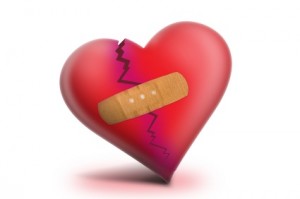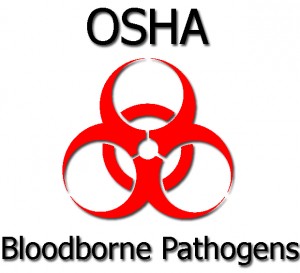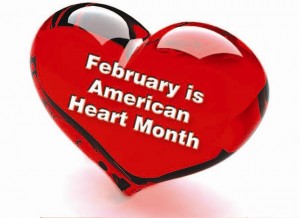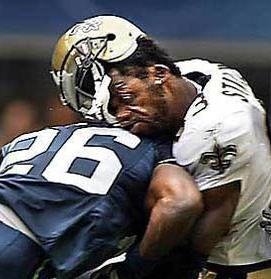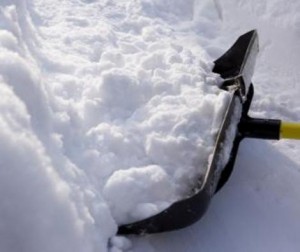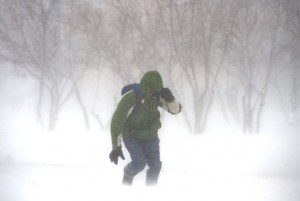 First, it’s important to recognize the source(s) of your stress. Events such as the death of a loved one, starting a new job or moving house are certainly stressful.
First, it’s important to recognize the source(s) of your stress. Events such as the death of a loved one, starting a new job or moving house are certainly stressful.
However, much of our stress comes from within us. How we interpret things – a conversation, a performance review, even a look – determines whether something becomes a stressor. Negative self-talk, where we focus on self-criticism and pessimistic over-analysis, can turn an innocent remark into a major source of stress.
Understanding where your stress originates can help you decide on a course of action. External stressors, like bereavement or career changes, can be managed over time and with the support of family and friends. Internal stressors, caused by our own negative interpretation, require changes in attitude and behaviour.
The goal of managing stress is to cue the “relaxation response”. This is the physiological and psychological calming process our body goes through when we perceive that the danger, or stressful event, has passed.
Here are some tips for triggering the relaxation response:
- Learn relaxation techniques – Practicing meditation or breathing awareness every day can relieve chronic stress and realign your outlook in a more positive way. Good breathing habits alone can improve both your psychological and physical well-being.
- Set realistic goals – Learning to say no is essential for some people. Assess your schedule and identify tasks or activities that you can or should let go. Don’t automatically volunteer to do something until you’ve considered whether it is feasible and healthy for you to do so.
- Exercise – You don’t have to train for a marathon, but regular, moderate exercise helps ease tension, improves sleep and self-esteem. Making exercise a habit is key.
- Enjoy yourself – Taking the time for a favourite hobby is a great way of connecting with and nurturing your creative self.
- Visualization – Athletes achieve results by picturing themselves crossing the finish line first. Use the same technique to practice “seeing” yourself succeed in whatever situation is uppermost in your mind.
- Maintain a healthy lifestyle – A good diet is often the first thing to go when we’re feeling stressed. Making a meal instead of buying one ready-made may seem like a challenge, but it will be probably cheaper and certainly better for you and the simple action of doing something good for yourself can soothe stressful feelings.
- Talk about it – Sharing your troubles with a friend may help you to put things in perspective and to feel that you’re not alone. You may also learn some other ways to manage stress effectively.
via Benefits of Good Mental Health | Canadian Mental Health Association.
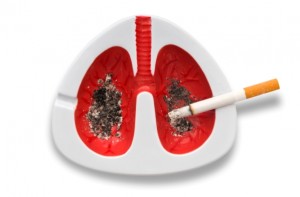 The list of cancers that you can get from smoking continues to get longer—and the risk for lung cancer today is much greater than it was 50 years ago. Back then, the first word that many smokers heard about cancer came from the first Surgeon General’s Report on smoking and health (Smoking and Health: Report of the Advisory Committee to the Surgeon General of the Public Health Service), which was released on January 11, 1964.
The list of cancers that you can get from smoking continues to get longer—and the risk for lung cancer today is much greater than it was 50 years ago. Back then, the first word that many smokers heard about cancer came from the first Surgeon General’s Report on smoking and health (Smoking and Health: Report of the Advisory Committee to the Surgeon General of the Public Health Service), which was released on January 11, 1964.
